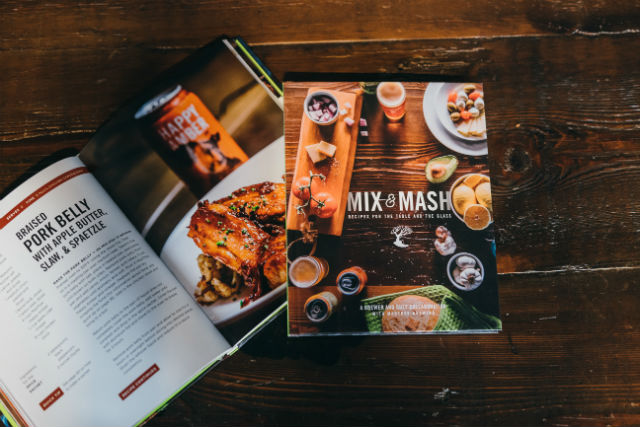
Creating Fermentation Profiles
A fermentation profile is displaying SG over time during the fermentation process and can be used to understand how well the yeast is performing. Fermentation processes are unique by nature and the fermentation curve is its very own fingerprint. Having access to this data allows a deep understanding of the inner workings of the fermentation and is an important tool to make great beer every time. The fermentation curves seen here are measured in real-time by the PLAATO Pro.
Measuring the Lag-phase
The lag-phase is the period in-between yeast is pitched and the fermentation begins. By looking closely at the curves above, one can clearly see the horizontal initial phase where the SG is constant, and the length of these lag-phases are depended on pitching temperature, yeast (e.g. strain, cell count, vitality and health), level of complex sugars, Original Gravity, and a range of other parameters.
Optimize Pitching Temperature
Pitching temperature is one of the most crucial parameters affecting cell growth, initial rate of fermentation, and the duration of the lag-phase. Learning about different strains of yeast and their ideal pitching temperature can significantly increase throughput and keep the quality high at the same time.
Pinpoint The End of Fermentation in Real Time
Accurate determination of the end of fermentation is crucial for repeatability and quality. A common way of making sure that a fermentation process has come to an end is by allowing the beer to sit in the fermenter for a given amount of time. This approach is viable, but not ideal for commercial brewers, who need to maintain fermenter utilization and create consistent quality. Measuring the specific gravity of the beer throughout the fermentation process will give the brewer a deep insight into when the different stages of fermentation are reached, including the end of fermentation.
Compare Batches and Learn
When brewers have data sets of multiple batches of the same recipe available, these can be used to understand differences between each fermentation and how these affect the quality of the brews.
Using Fermentation Profiles for Yeast Cropping
Optimize Yeast Harvesting
Harvesting yeast can be a significant cost-saver for breweries. Today, most brewers are reusing yeast a set number of times — sometimes five times or more — before replacing it with a new culture. Comparing the fermentation profiles between batches, and paying attention to the duration of the lag-phase and the rate of fermentation, one can use these two parameters as a direct and quantifiable measure of how well the yeast is performing.
Top Cropping at the Peak of Fermentation
Top cropping is the method of harvesting yeast from the surface of the fermenter, typical with ale strains. Compared to bottom cropping, this technique extracts yeast with superior vitality and viability, but the process is more challenging because of the closed nature of most conical fermenters today. Top cropping should happen when the rate of fermentation is at its peak.
Timing of Bottom Cropping is Crucial
Yeast collection must start as soon as possible after the end of fermentation because yeast cells will start to break down and deteriorate at this point. Use fermentation profiles to determine the precise end of fermentation and pinpoint when to collect the yeast. Large conical fermenters are challenging for the cells to handle, due to the tight packing of yeast in the cone. The typical point of harvest is 24-48 hours after a cold crash, and further delays will significantly reduce the yeast viability.




Be the first to comment